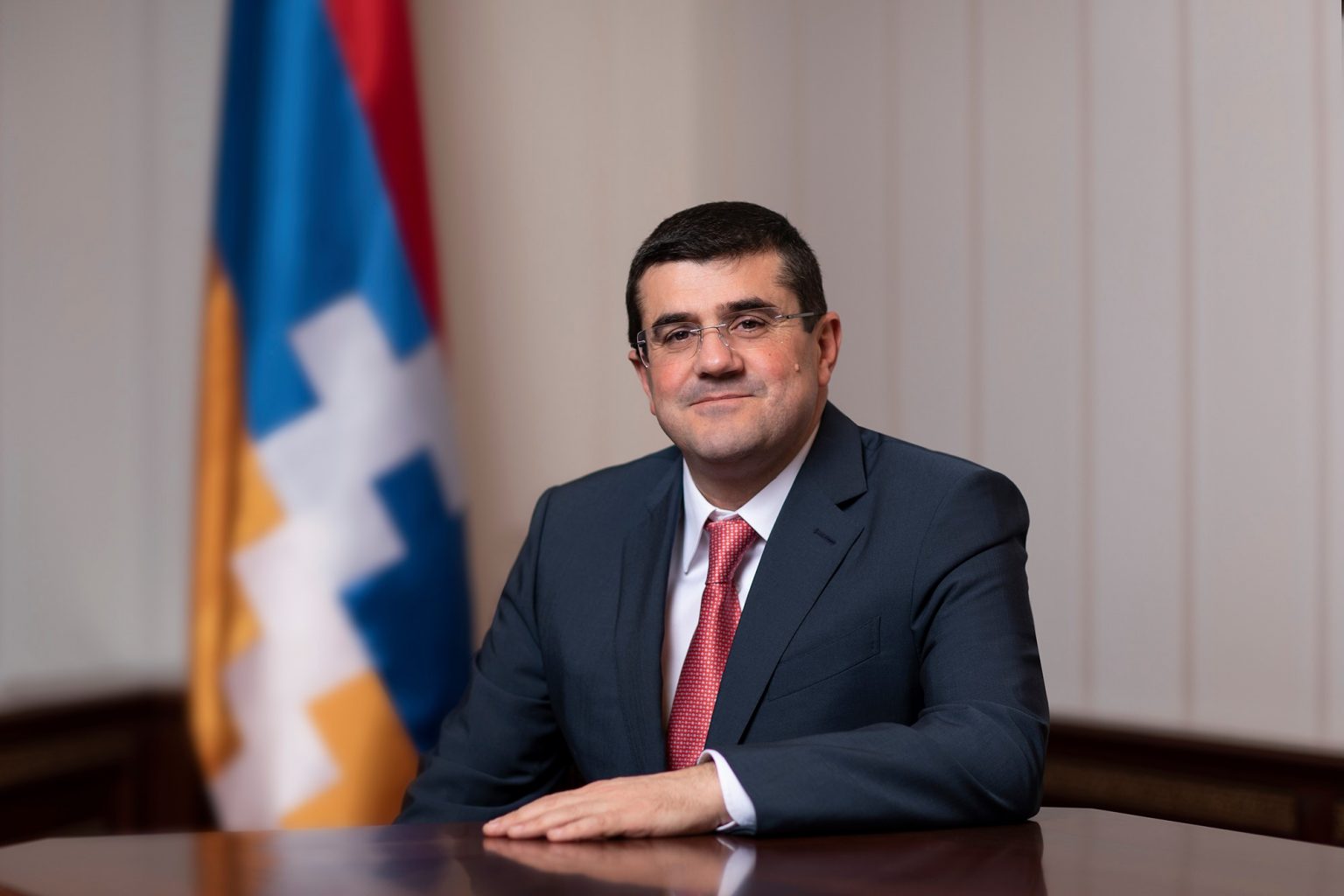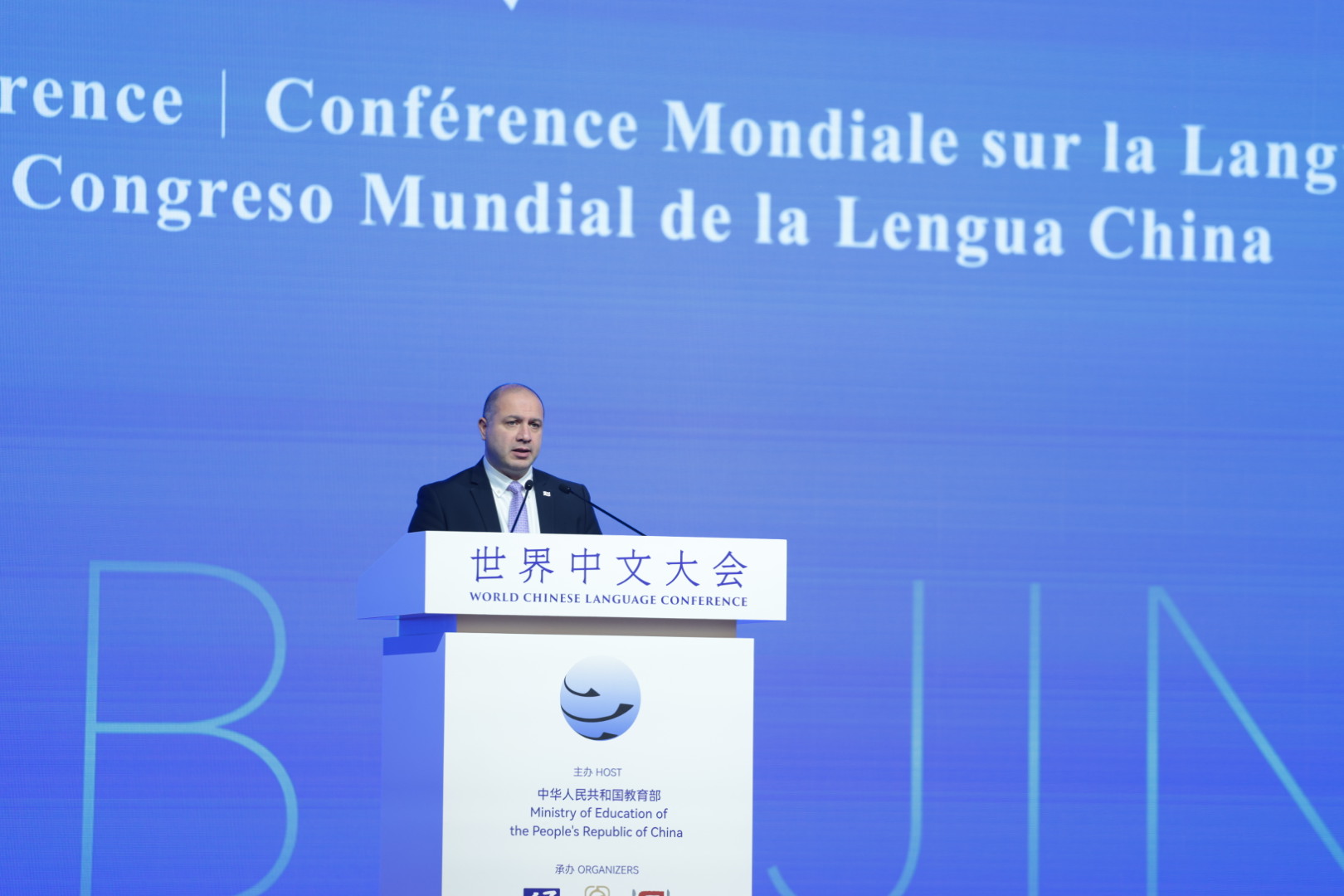
Armenia, Russia Seeking to Exploit Ethnic Minorities in Azerbaijan Against Baku
Armenia, Russia Seeking to Exploit Ethnic Minorities in Azerbaijan Against Baku
The imperfect congruence of ethnic and political borders in the South Caucasus is the primary cause of the long-running conflict between Armenia and Azerbaijan. But it is also a major reason why both the participants in that fight as well as outside powers routinely focus on the issue of local ethnic minorities to try to gain leverage over the situation. This is despite the ethnic sorting that has, in fact, occurred over the last century, leaving both states overwhelmingly homogeneous (the Armenian occupation of Azerbaijani Karabakh notwithstanding) (Demoscope.ru, April 3, 2017). Thirty years ago, some in Azerbaijan and the Soviet Union saw the Kurdish community in Armenia as a potential tool to force a solution of the Karabakh dispute. Now, Armenia and the Russian Federation are increasingly seeking to use the ethnic minorities in Azerbaijan against Baku. Their success has been both limited and mixed, but both Yerevan and Moscow seem committed to continuing their efforts in this regard.
In the recent round of fighting over Karabakh, which erupted on September 27, Baku has done little to stir the nationalities pot, given that ethnic Armenians now form almost 99 percent of the latter country’s population, offering few opportunities for such efforts. Azerbaijan has of course talked about the ethnic Azerbaijanis who were driven out of the western portion of the country by the Armenian occupation and, implicitly, about the Azerbaijanis who fled Armenia earlier. But Baku, too, is affected by minorities abroad, the most important being the ethnic Azerbaijanis of Iran, who actually outnumber the titular population of the Republic of Azerbaijan by, according to some estimates, three to one. This prominent minority lives mostly along the Azerbaijani-Iranian border, and it has notably responded to the Azerbaijani military advances in recent weeks with great enthusiasm (see EDM, October 22; Twitter.com/clashreport, October 18; Twitter.com/cavidaga, October 22, 25; Twitter.com/Doranimated, October 22). Reports over the weekend that Tehran had dispatched elite military units to northwestern Iran may, thus, have less to do with a desire to intervene in the fighting than to prevent the war between Armenia and Azerbaijan from spilling into Iran, leading to the further mobilization of ethnic Azerbaijanis within the Islamic Republic’s borders (Twitter.com/cavidaga, October 24; Svobodnaya Pressa, October 25; Ura.news, October 26).
Yerevan, on the other hand, has a long history of supporting ethnic Talysh in Azerbaijan, frequently holding public conferences about them and serving as a place for activists from Azerbaijan’s Talysh minority (an Iranian-speaking nation that forms about 1.3 percent of the population) to call for greater autonomy or even an independent Talysh state (Windowoneurasia2.blogspot.com, April 5, 2016; Realtribune.ru, October 21, 2018). The Armenian government has been less actively involved with the Lezgins, who make up 1.4 percent of Azerbaijan’s population, typically referring to them only in the context of the Talysh or deferring to Russian outlets, given that there are far more ethnic Lezgins in the Russian Federation.
But at the outset of this round of violence between Armenia and Azerbaijan, the Armenian side sent a clear signal that it hopes it can count on both the Talysh and Lezgins to support Yerevan rather than their own government. Aravik Harutunyan, the head of the Armenian proxy regime in Karabakh (referred to by Armenia as “Artsakh”), issued an appeal to what he called his “Talysh and Lezgin brothers and sisters” to oppose Baku’s action at home and abroad and recognize that their future depends on Armenian forces being able to defend themselves. We are on your side, he suggested, adding that “as a sign of our good will, [we] will not target the adversary military facilities located in Talyshstan and Lezgistan [sic]” (Armradio.am, October 4).
That message does not appear to be having the effect the Armenian side hoped for. Ethnic Russians and ethnic Azerbaijanis in Baku insist the population of Azerbaijan is and will remain united (Trend.az, October 26). And posts on social media show Talysh going to fight on the side of their homeland (Twitter.com/cavidaga, October 24). It may or may not be significant that no similar posts have surfaced about the Lezgins.
In contrast, a larger effort with regard to the Lezgins is now coming not from Armenia but from Russia. Not only are ever more Russian commentators insisting that Azerbaijan will fracture along ethnic lines if Baku continues the fight, but they are singling out the Lezgins as major players in that regard, although they typically mention the Talysh as well (Evo-rus.com, Infoteka24.ru, October 25). Such articles might be dismissed as overheated reactions to the fighting, except that Moscow has taken at least one major step to be in a position to follow up its words with action. In September, President Vladimir Putin selected an ethnic Lezgin, Interior Ministry General Sergey Melikov, to be the new head of Dagestan, even though no Lezgin has been the leader of that North Caucasus republic for more than a century (Versiya, October 22).
The editors of the Versiya portal suggest that Melikov was chosen because Russia has less leverage in the South Caucasus than many imagine and believes it can play the ethnic card in a new way. At present, the editors write, Moscow finds itself in an almost impossible position: “If it supports Armenia, it will lose Azerbaijan; if it supports Azerbaijan, the reverse will occur; but if it supports neither, it may lose both.” Consequently, it needs to find a way to bring pressure to bear on Baku without appearing to support Armenia or Azerbaijan in the war. Using the Lezgins or threatening to is thus an attractive option.
According to the Versiya editors, “the problem of ‘Lezginistan’ is a constant sword of Damocles over Azerbaijan. The Lezgins are the largest divided people in the Caucasus: 700,000 of them live in Dagestan, and roughly another 500,000 live in the northern part of Azerbaijan. A people with such numbers can certainly aspire to unity.” Dagestan’s new siloviki governor, Melikov, is just the man to achieve that, or at least threaten to, they say; and he, thus, offers Moscow leverage it would not otherwise have. If that analysis is correct, Yerevan and Moscow appear to have divided this issue between themselves, at least implicitly, with Yerevan focusing on Azerbaijan’s Talysh and Moscow on the Lezgins. If so, more actions, at least by the Russians, are likely if the fighting in Karabakh continues.


